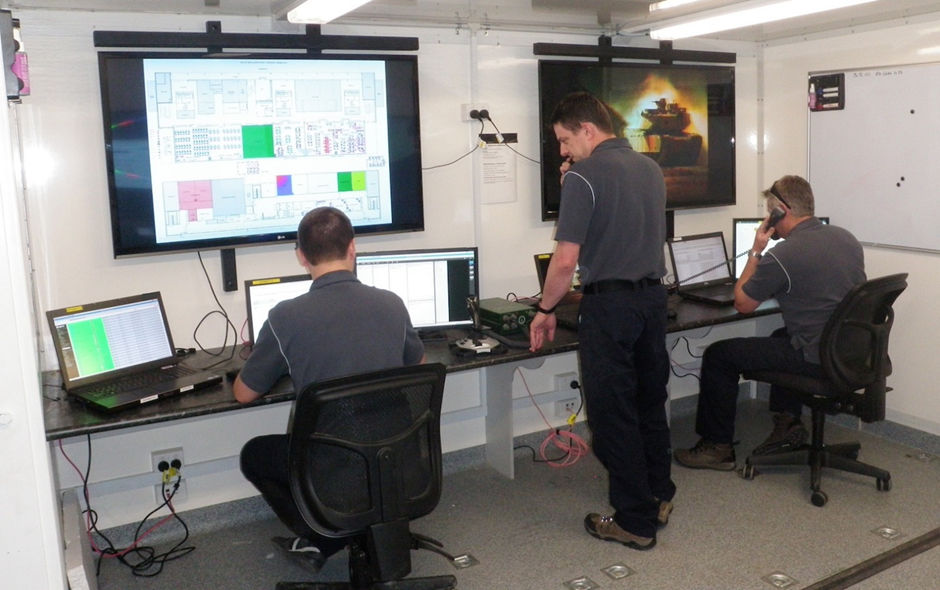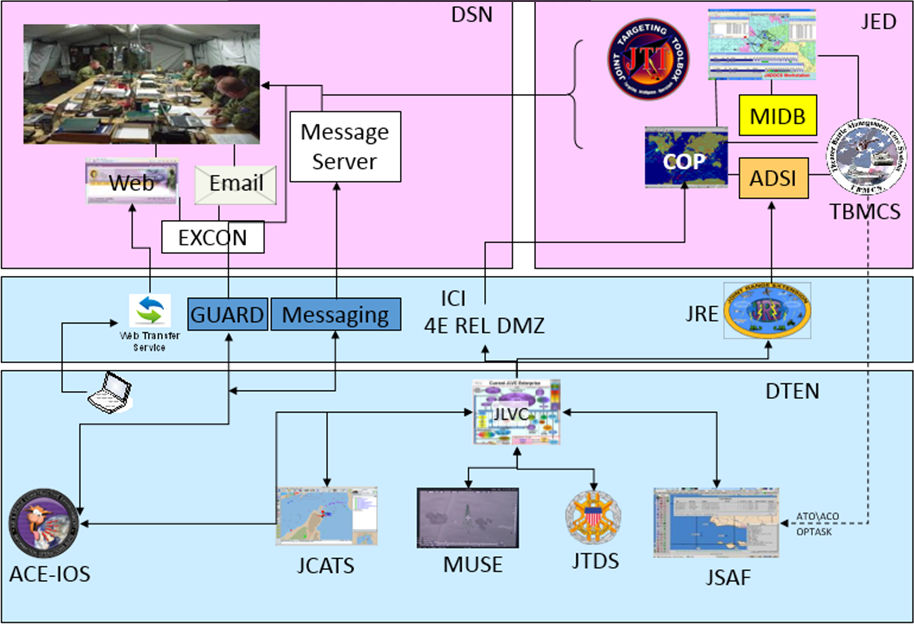The Australian Defence Simulation and Training Centre (ADSTC), and Calytrix as its Prime contractor, developed and delivered the Australian Defence Force’s largest and most complex simulation supported exercise to date: Exercise Vital Prospect 2014 (VP14). Calytrix had over 30 staff supporting the exercise at Enoggera Army Base in Brisbane and at the ADSTC facility in Canberra.

VP14 was a Chief of Defence Force directed intelligence-led and simulation-enabled exercise which had been in planning for 12 months before the exercise launch. The exercise brought together a complex range of systems integration with more traditional exercise planning tasks.
Significantly, VP14 was the first time in Australia that the Lead Planner and main planning staff were provided by a contractor: Calytrix. While the planning and execution of such a large scale exercise involved personnel from a range of Australian and US organizations, the Calytrix Exercise Planning Team provided the lead. This included the provision of domain, and BOS, expertise and EXCON staff working to the HQJOC J73 as the Exercise Director. This planning effort included the development of a Common Operating Environment, planning in the Maritime, Land and Air domains as well as development and execution of Opposing Force (OPFOR) effects.
VP14 represented a complex technical architecture which connected over 15 simulation, Command & Control (C2) and Defence messaging systems to reflect an emphasis on using simulation to stimulate real world C2 systems. For Australia this work saw a number of firsts including:
- Generation of intelligence feeds from the simulation federation utilising the Air and Space Collaborative Environment Information Operations Suite (ACE-OIS),
- The connection of ACE-IOS to Defence C2 systems used by the training audience in a HQ certification,
- Cross domain data editing solutions to a Defence classified network
- The Joint Range Extension (JRE) to provide a Link feed from simulation to C2 systems,
- A comprehensive Link picture to the Brigade Air Liaison Officer (BALO) supported by advanced radio to synthetic communications interfaces,
- Direct inputs from the simulation federation to the Defence messaging systems,
- A HLA federation interconnecting JCATS (Land) with JSAF (Sea & Air) as well as ACE-IOS and the Multiple Unified Simulation Environment (MUSE), using the JRE, the Joint Simulation Bus (JBUS) and Joint Exercise Control Suite (JECS).
- The deployment of the Joint Training Data Services (JTDS) system which was used to develop, store and distribute entities across multiple simulation systems.
The following diagram is a very high-level network architecture design for VP14 showing the number of connections needed to stimulate the training audience:

Calytrix also provided Instructor/Controller Staff to work alongside their uniformed counterparts
and conduct dedicated system training prior to the exercise start. In the lead up to the exercise
the Instructor/Controllers worked with interactors from the Land, Air and Maritime domains to
provide training in the two major constructive simulations utilised in the exercise: JCATS and JSAF.
As part of the exercise preparation, Calytrix technical and operations staff also developed
Australian simulation data (ORBAT data) in the Joint Tactical Data Service (JTDS). This was used
for the first time in Australia from a server in the US across a Defence Training and
Experimentation Network (DTEN) connection.
Exercise VP14 also saw the first significant deployment of the Joint Master Scenario Event List (JMSEL) system within Australia. Working alongside ADF counterparts the Calytrix team provided MSEL Managers to ensure that the exercise flowed in accordance with the desired training outcomes.
In addition to the services Calytrix provided for the conduct of the exercise, the activity featured an advanced communications environment through the use of Calytrix’s CNR-Sim and CNR-Live
